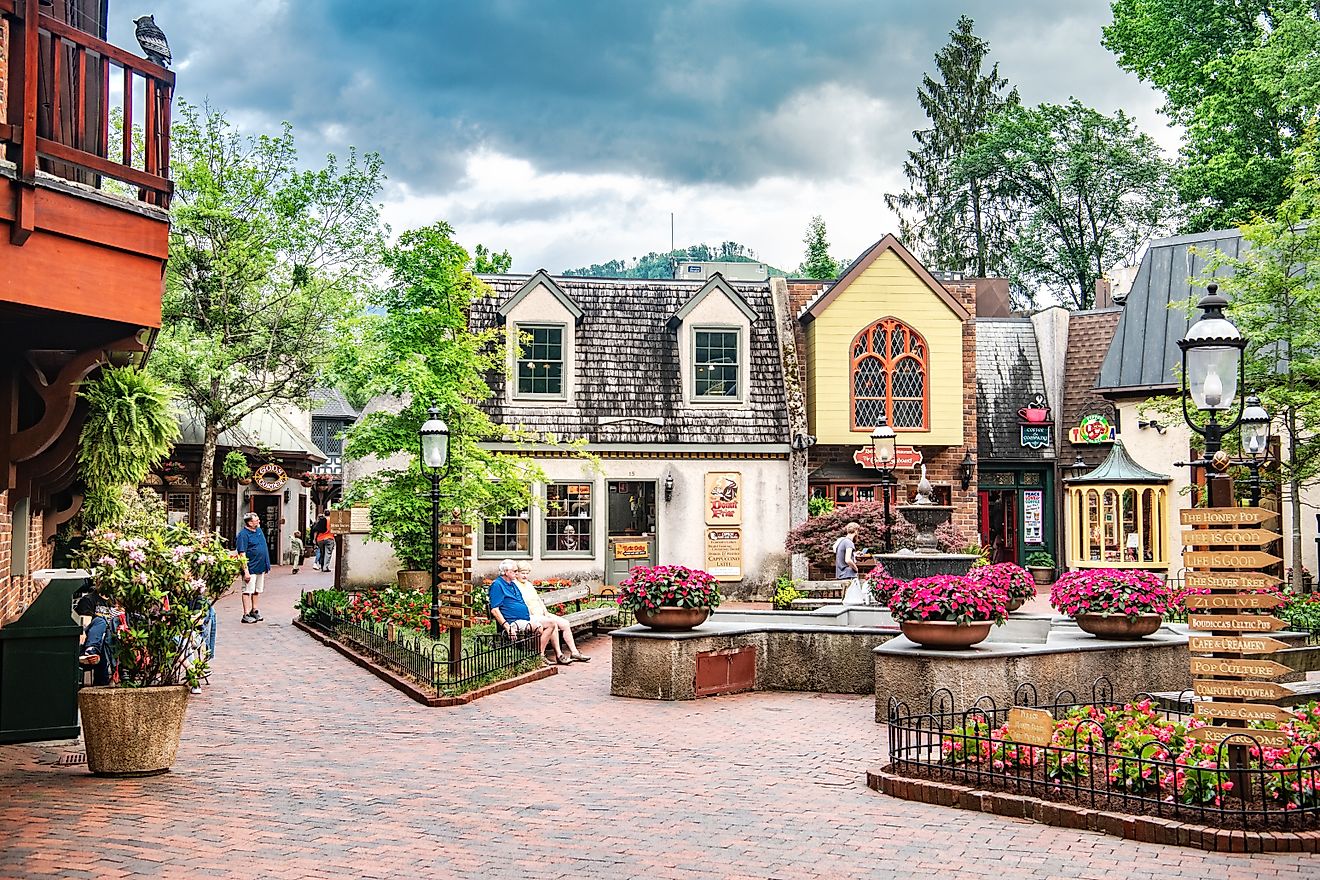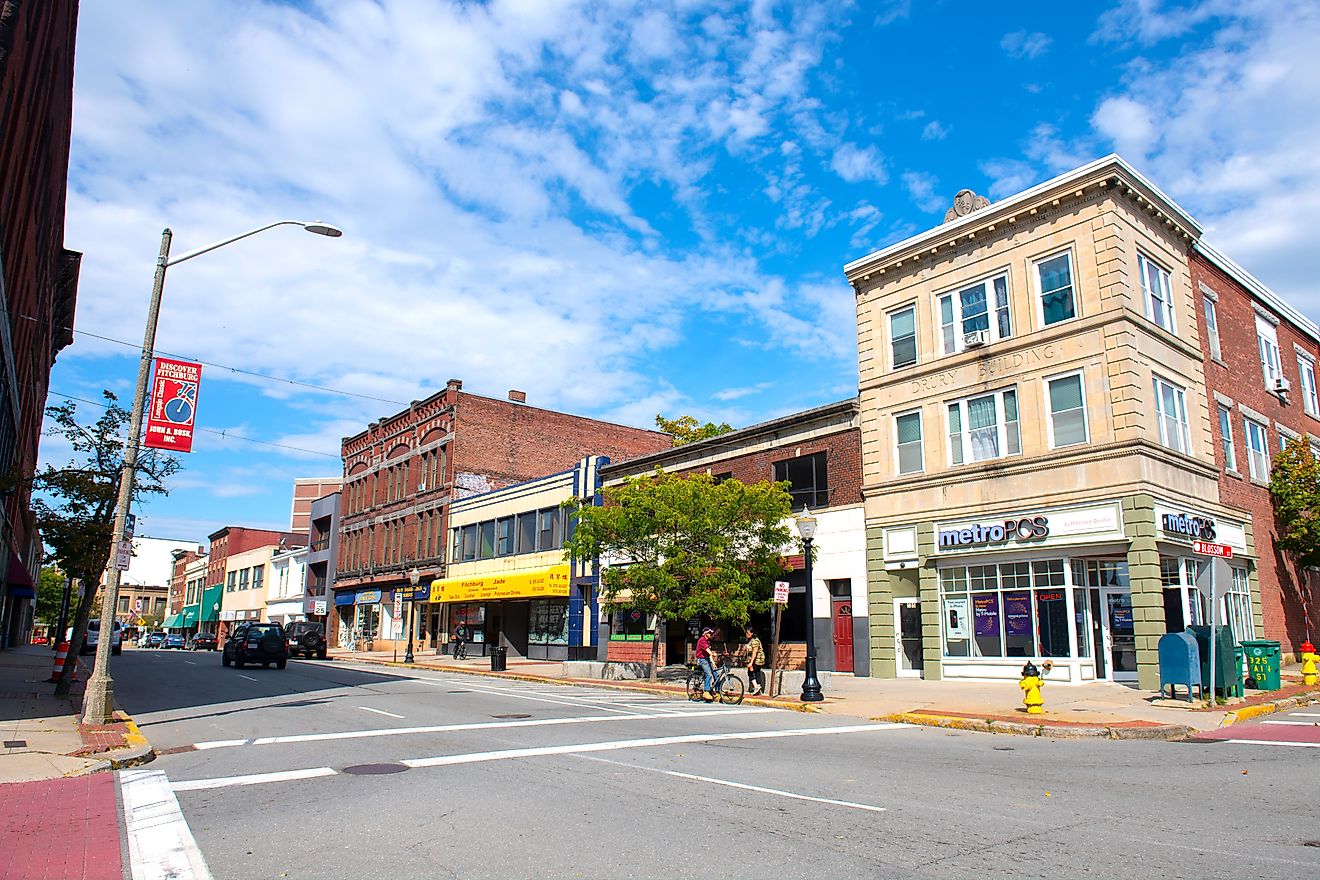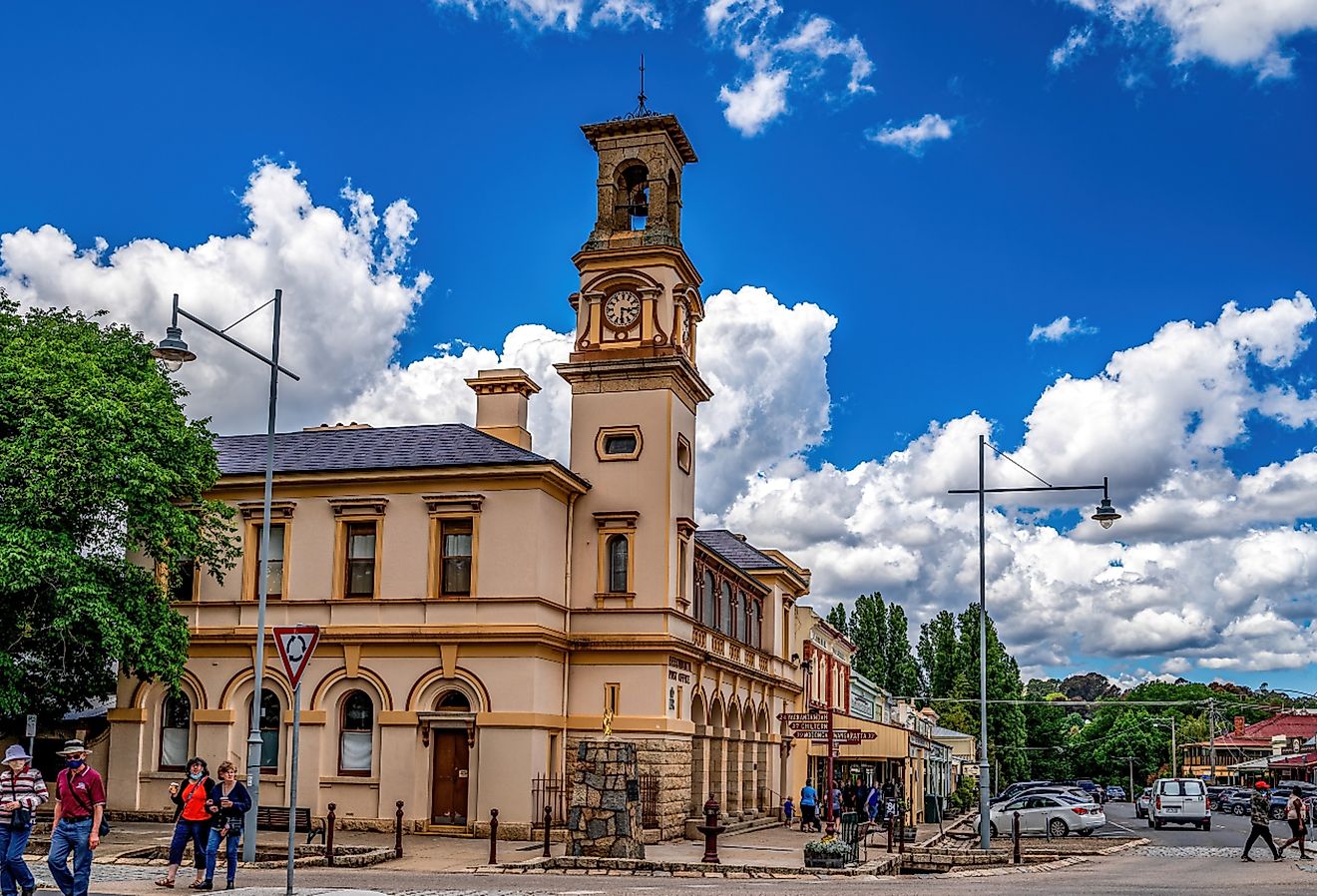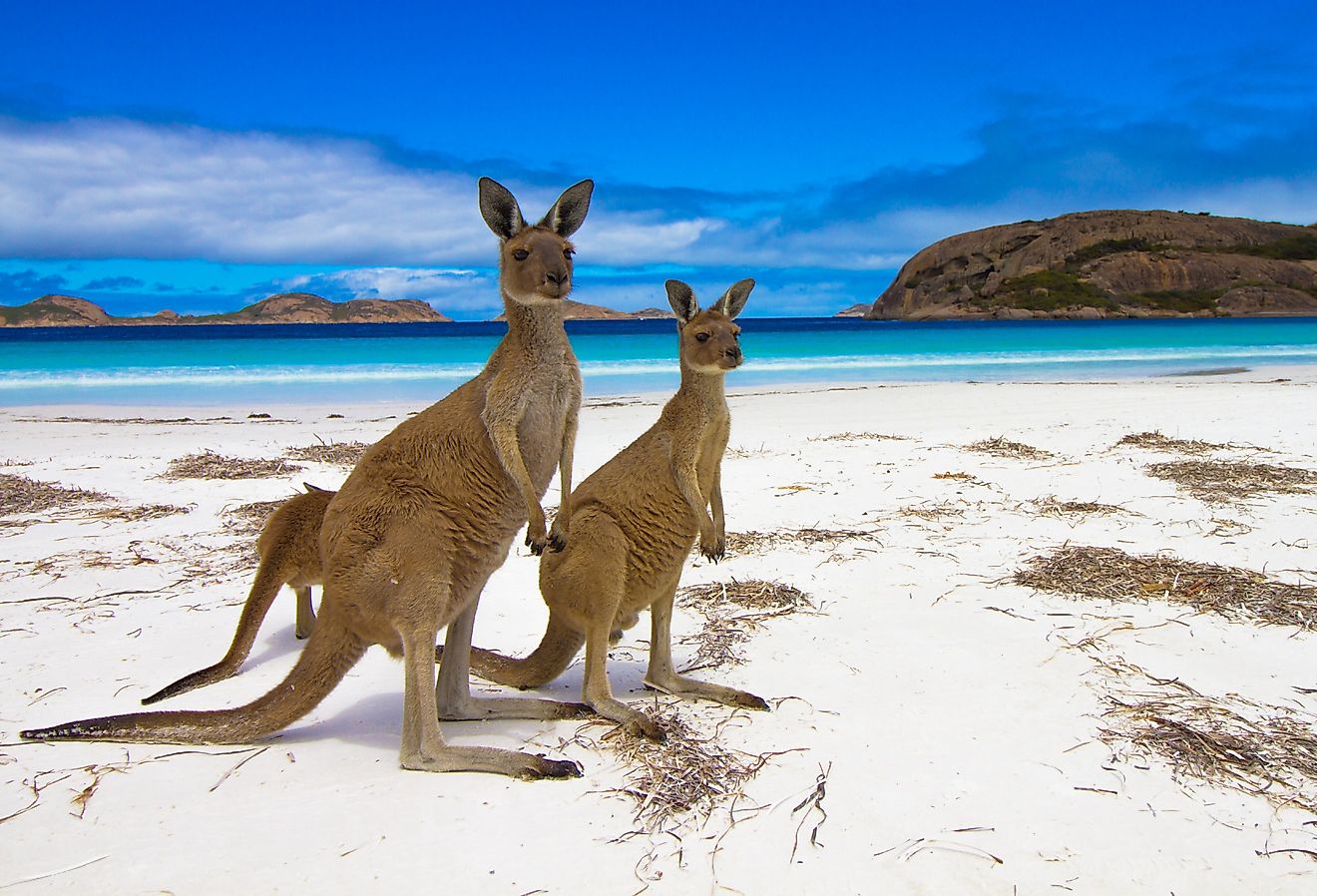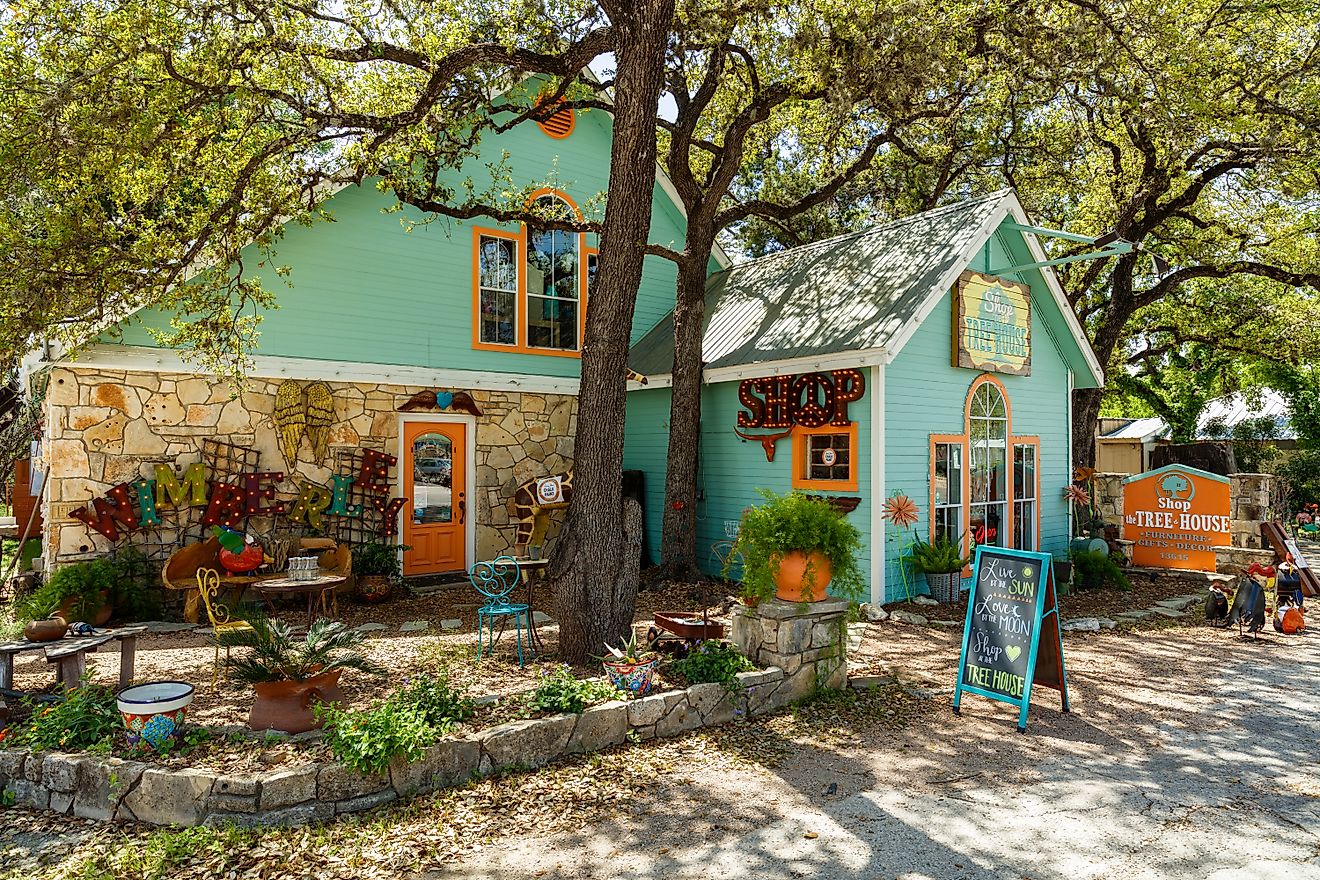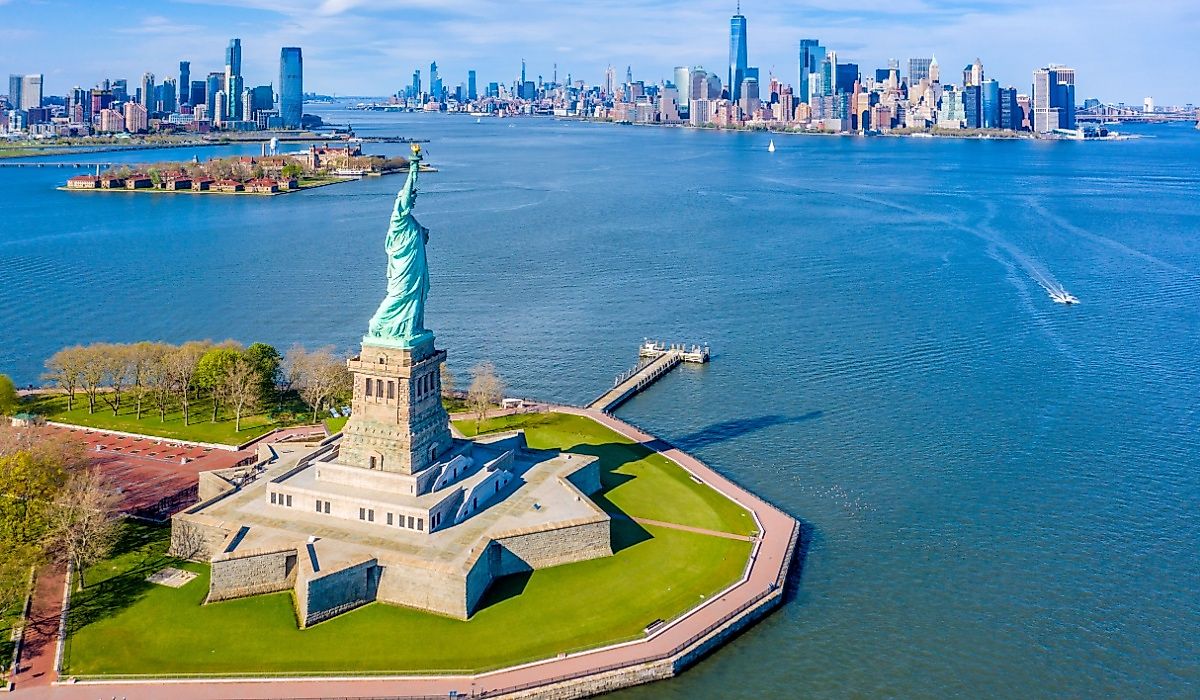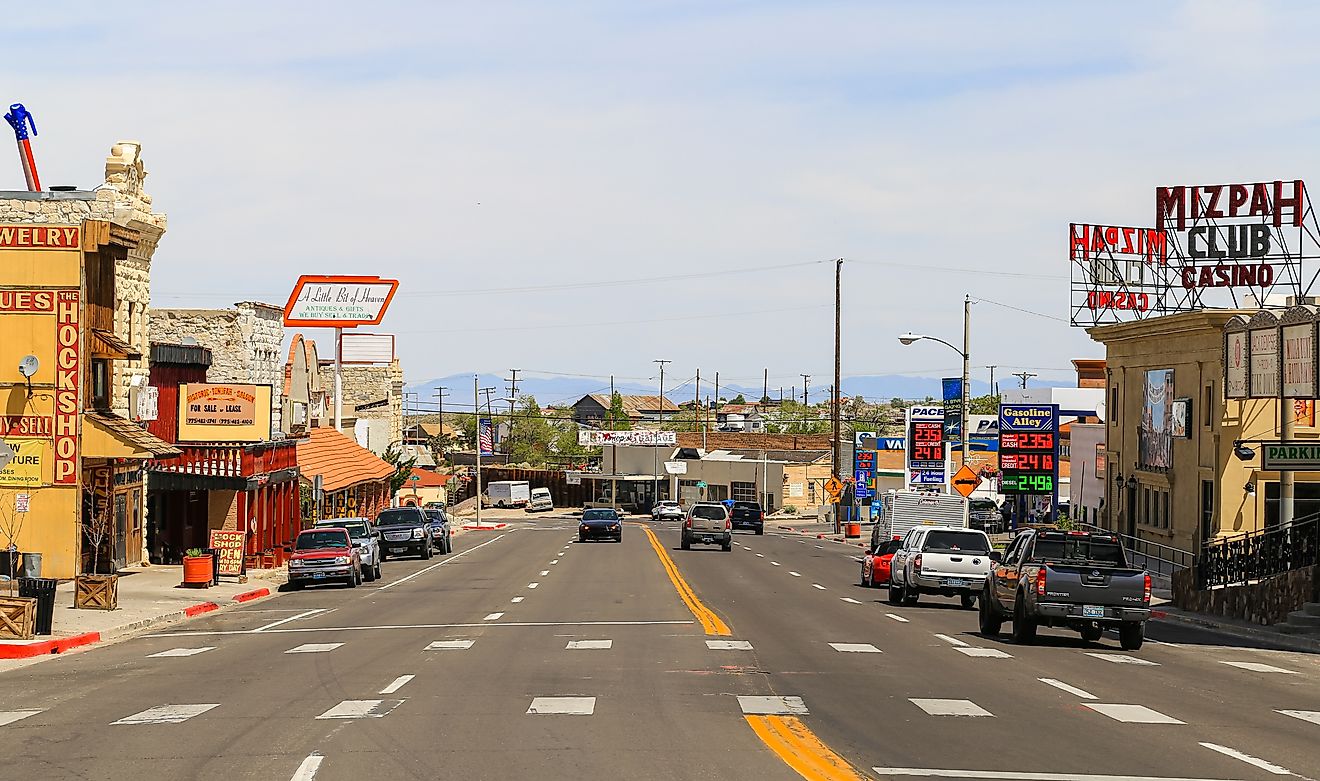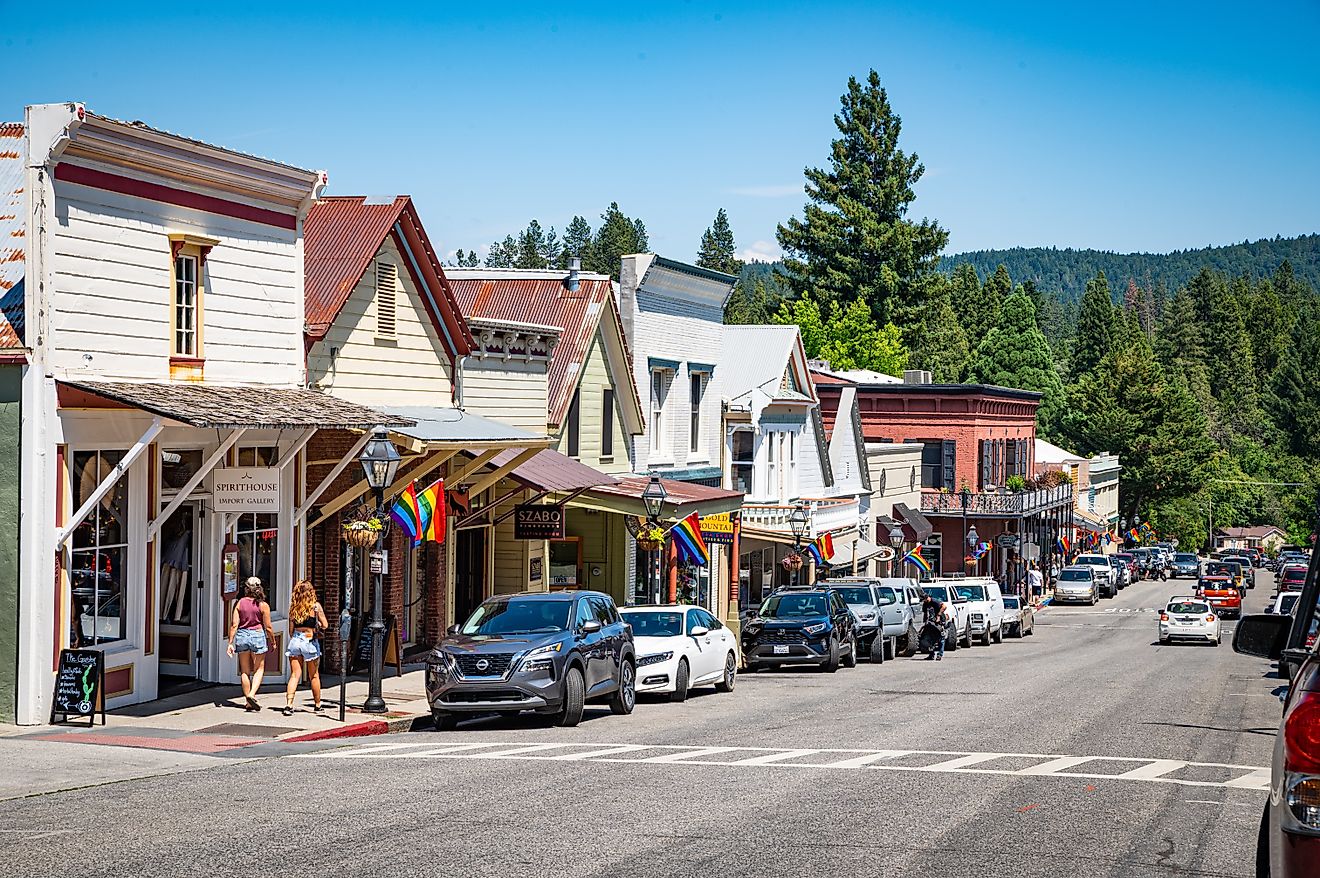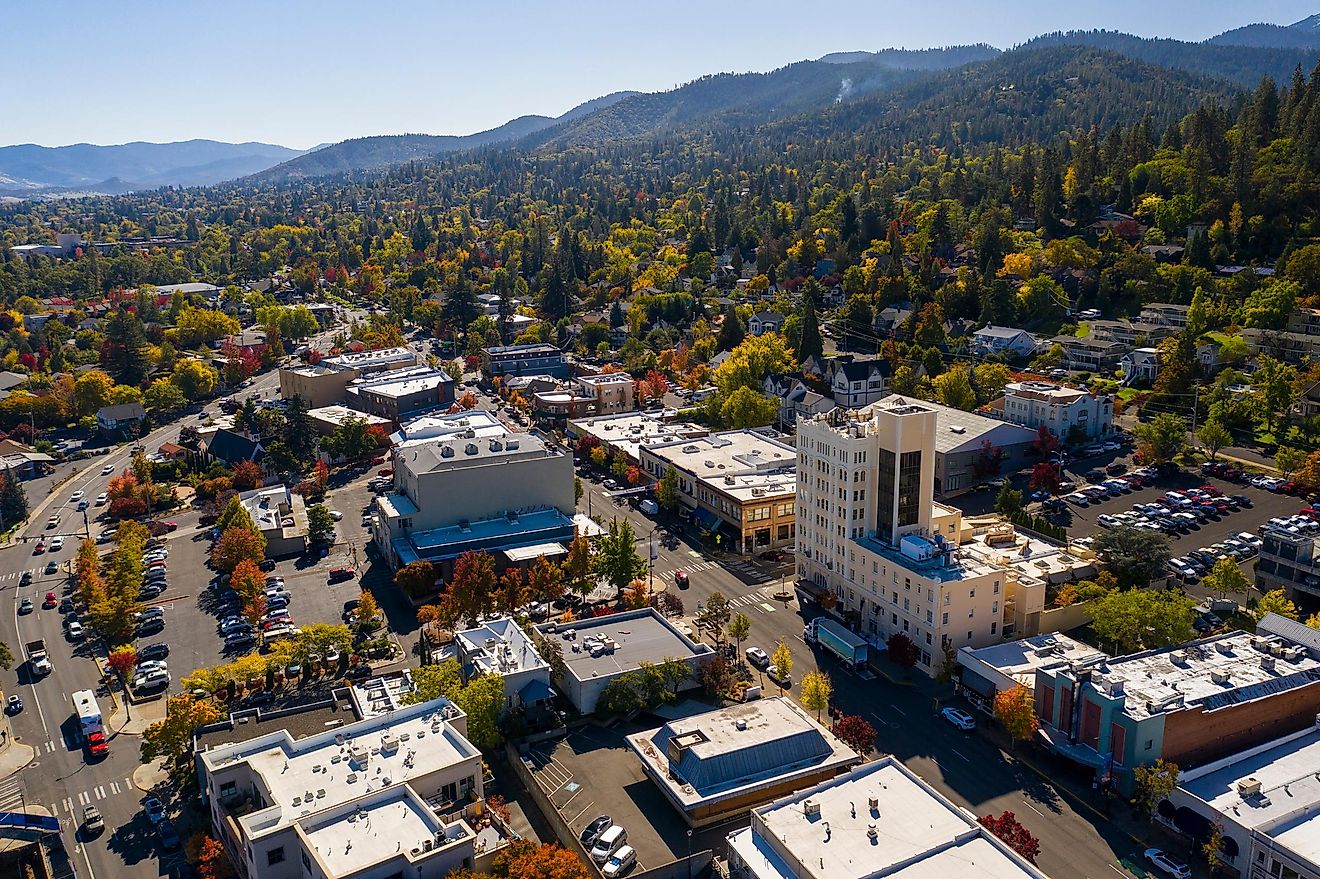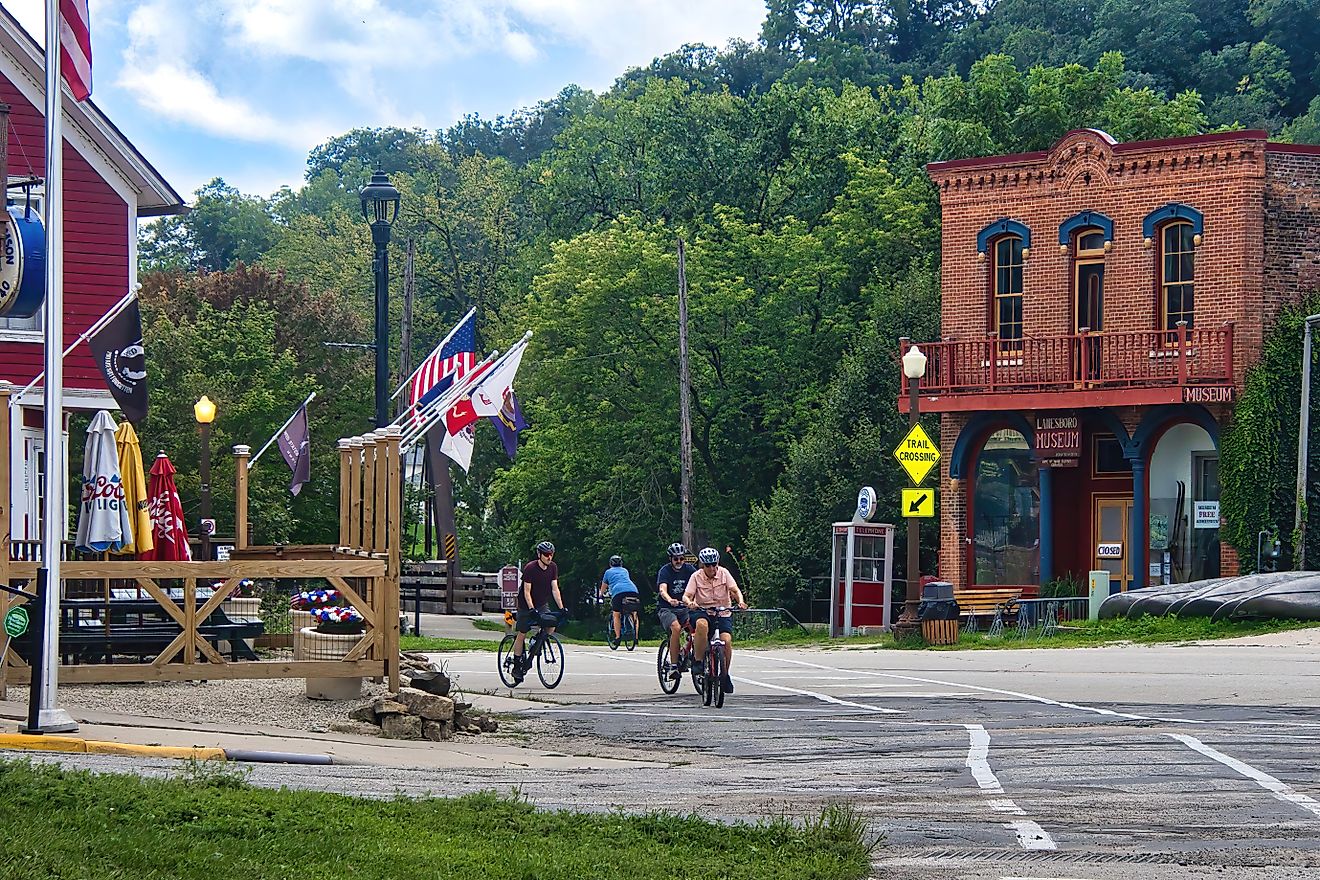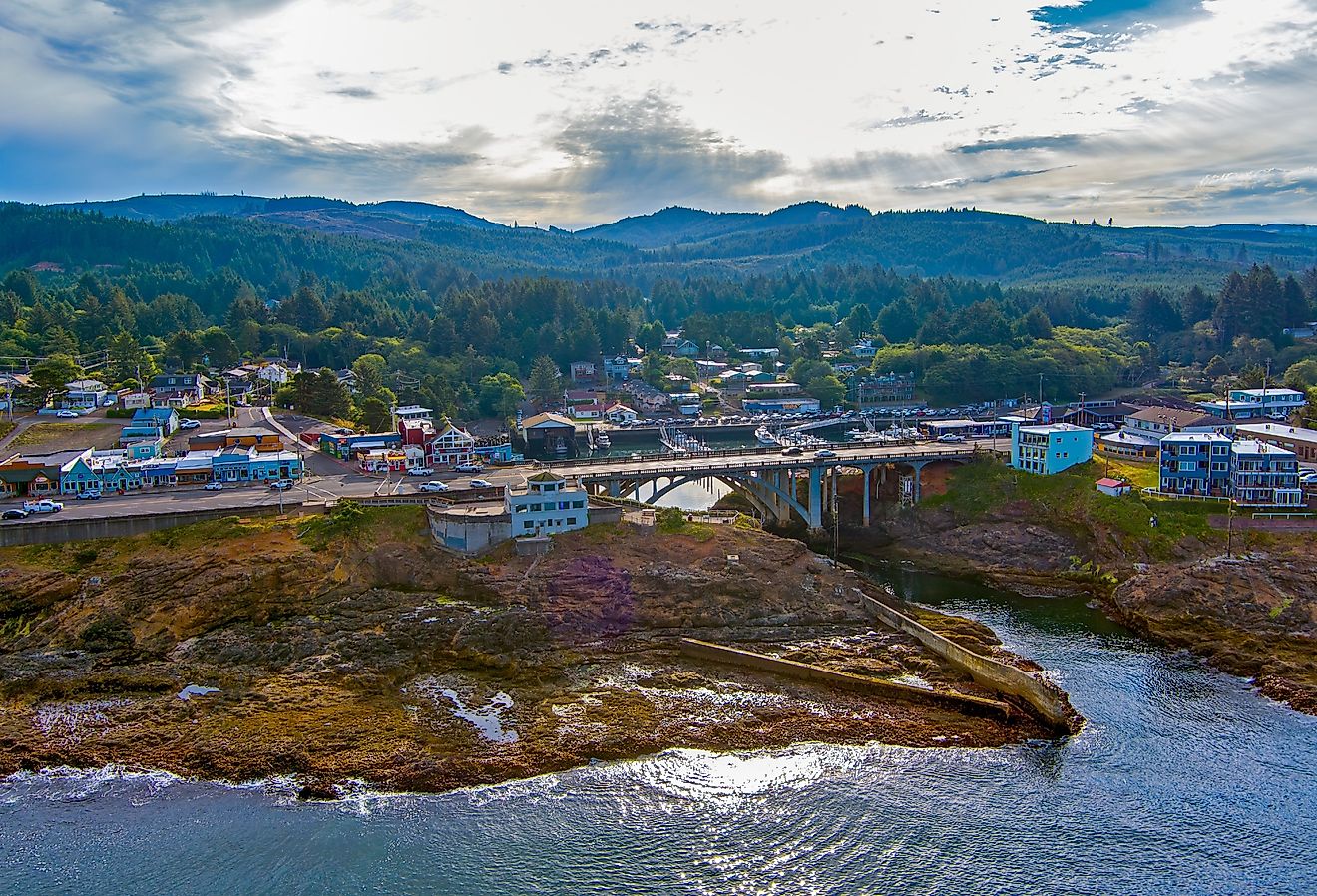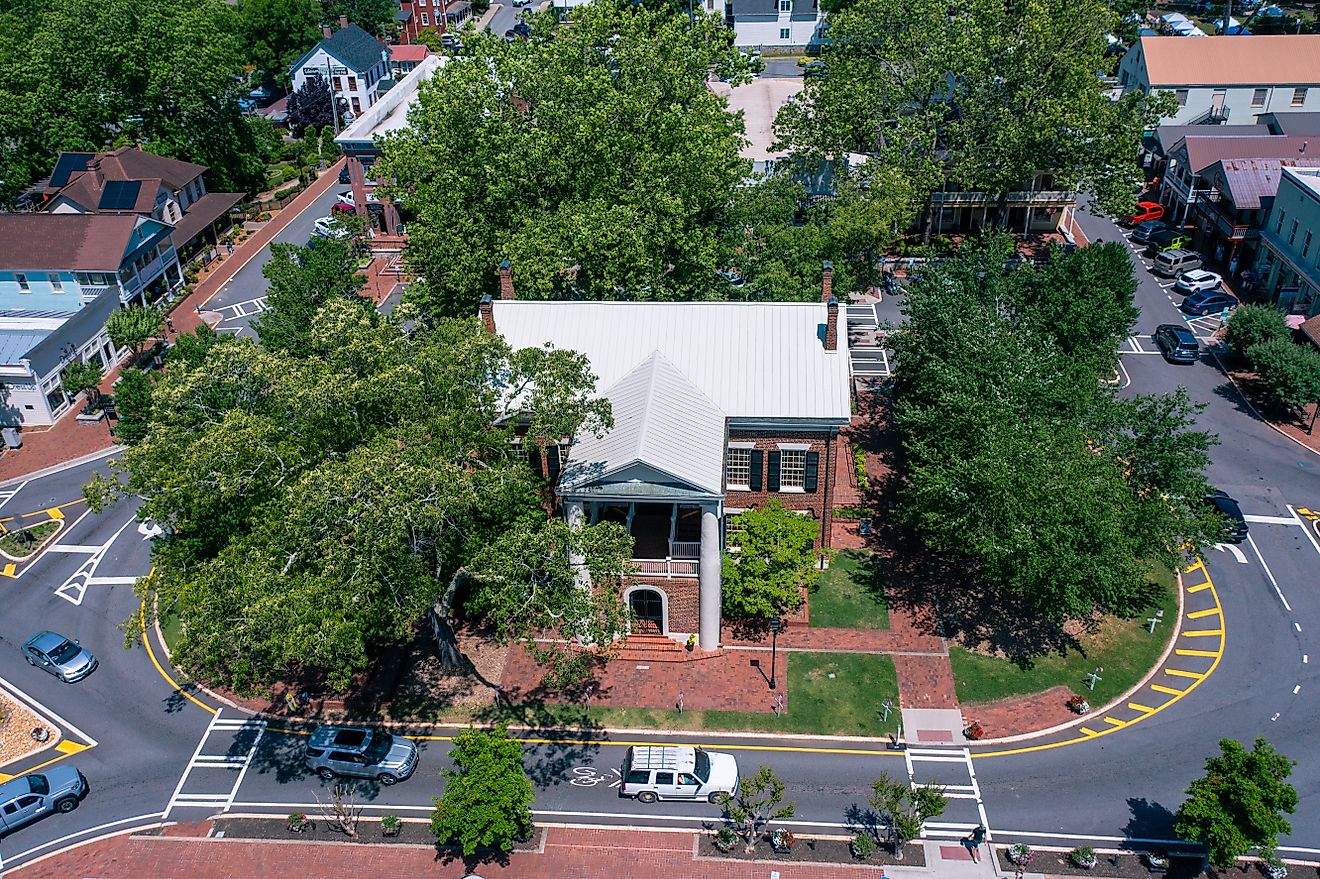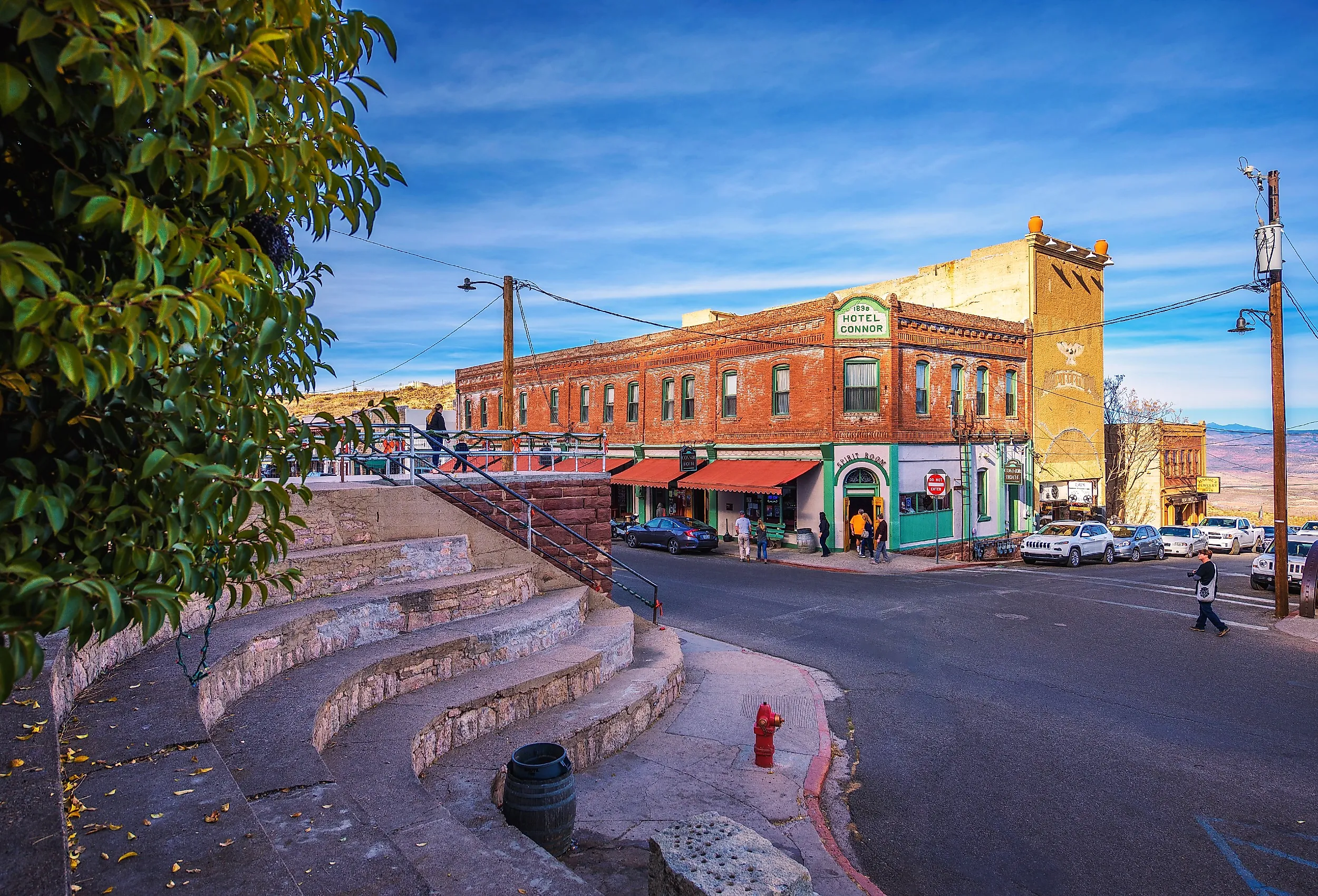
Arizona's 7 Most Laid-Back Towns For 2025
There is something timeless about Arizona’s small towns, the way the desert sun hits the red rocks, the quiet hum of main streets lined with family-run cafés, and how it feels like no one is in a hurry. While big cities like Phoenix and Tucson buzz with constant motion, Arizona’s most laid-back towns offer a slower, more peaceful rhythm that travelers are craving in 2025.
In Jerome, you might spend an afternoon exploring old mining streets turned into art galleries. Down south, Bisbee charms visitors with its colorful hillside homes and creative edge. And over in Tubac, cute adobe courtyards and artisan shops make every walk feel unhurried. Together, they each offer their own version of rest, reflection, and desert serenity.
Jerome
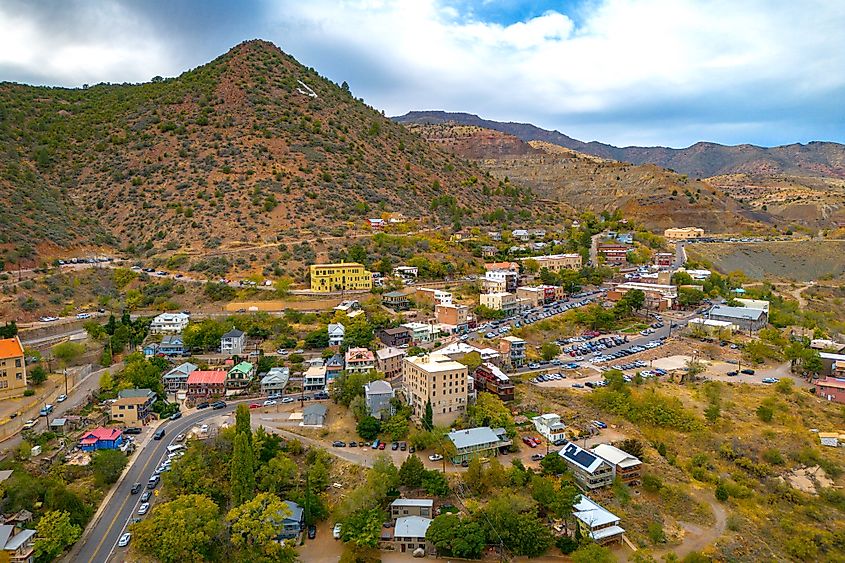
Once called “the wickedest town in the West,” Jerome sits dramatically on Cleopatra Hill, overlooking the Verde Valley in central Arizona. Founded in the late 19th century as a copper-mining boomtown, it was home to nearly 15,000 residents in its prime, before the mines shut down and people left in the 1950s. Today, its population has dwindled to around 450 people, giving it an intimate, old-world feel that attracts artists, history buffs, and slow travelers. Much of Jerome has been preserved as part of the Jerome Historic District, which is listed on the National Register of Historic Places for its well-kept mining-era buildings and vintage hillside streets.
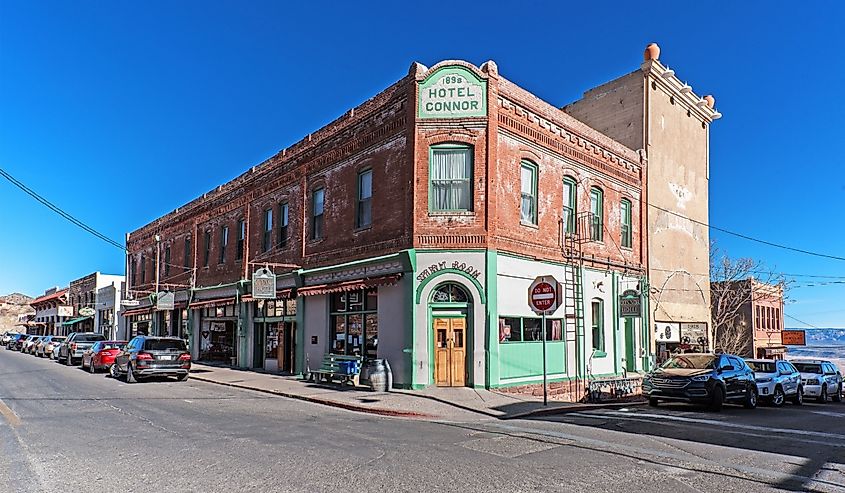
Visitors can explore the Jerome State Historic Park, centered around the Douglas Mansion, a 1916 home turned museum that chronicles the copper-mining tales with artifacts, photographs, and panoramic valley views. Jerome’s famous Sliding Jail, built in 1905, still sits downhill from its original site after creeping 200 feet due to blasting vibrations from the mines. For nature lovers, nearby trails in the Woodchute Wilderness provide a desert-forest escape with scenic lookouts over the valley.
Bisbee
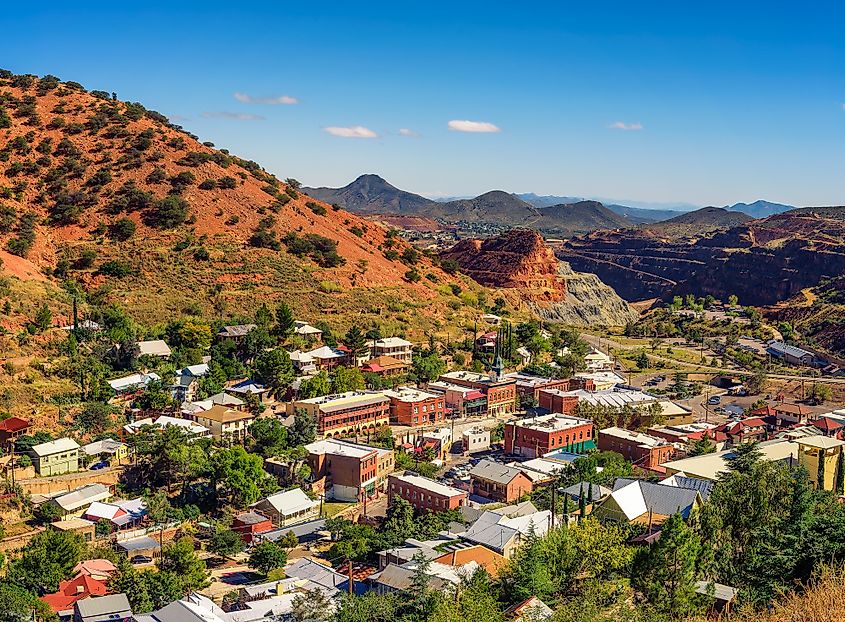
In the Mule Mountains of southern Arizona, Bisbee began as a copper-mining center in 1880 and later transformed into a creative, slow-paced community filled with color and character. It was once home to thousands of miners, and remnants of that time can still be seen to date. With its hillside homes, historic buildings, and artsy vibe, it is easy to see why it was once listed among America’s Best Small Towns.
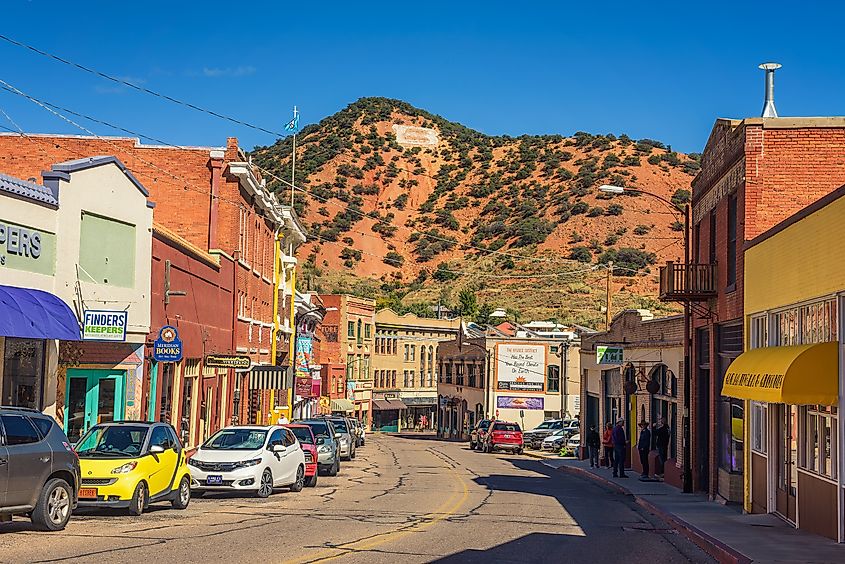
To experience Bisbee’s story, start at the Copper Queen Mine Tour, where guides take you underground into tunnels once worked by miners. Wander through Pritchard Gallery to discover artworks, or try the Bisbee 1000 Stair Climb, a fun way to explore its hilly streets and views. Don’t miss the Lavender Pit, a massive open-pit mine whose rust-colored walls glow beautifully at sunset.
Tubac
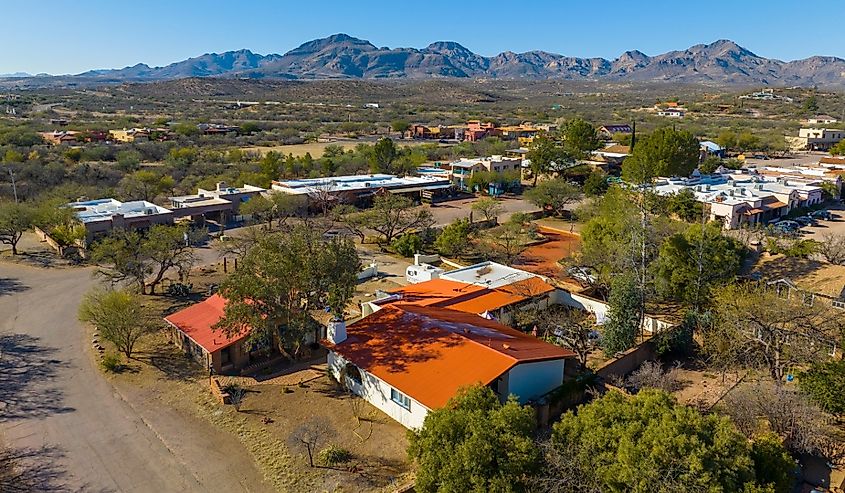
Near Arizona’s southern border, Tubac is a desert town known for its artistic and calm atmosphere. Established in 1752 as a Spanish presidio, it is one of the state’s oldest European settlements and a cornerstone of Arizona’s cultural heritage. Today, Tubac is famous for its creative energy; courtyards, and colorful adobe buildings fill its walkable center. The community hosts the Tubac Festival of the Arts, one of Arizona’s oldest art festivals, which attracts artists and visitors from across the Southwest each February.
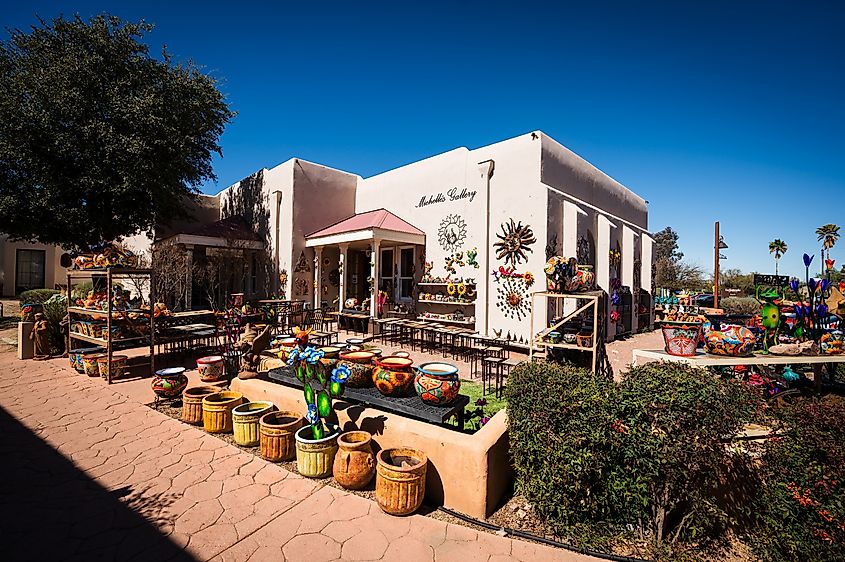
Visitors can tour the Tubac Presidio State Historic Park, which preserves 18th-century ruins, a museum, and one of Arizona’s first printing presses. Outside Tubac, Patagonia Lake State Park offers a calm escape for kayaking, hiking, and birdwatching. Between history walks and nature breaks, Tubac’s artisan shops and local cafés make it easy to slow down and enjoy the rhythm of desert life, exactly what makes it one of Arizona’s most laid-back towns for 2025.
Willcox
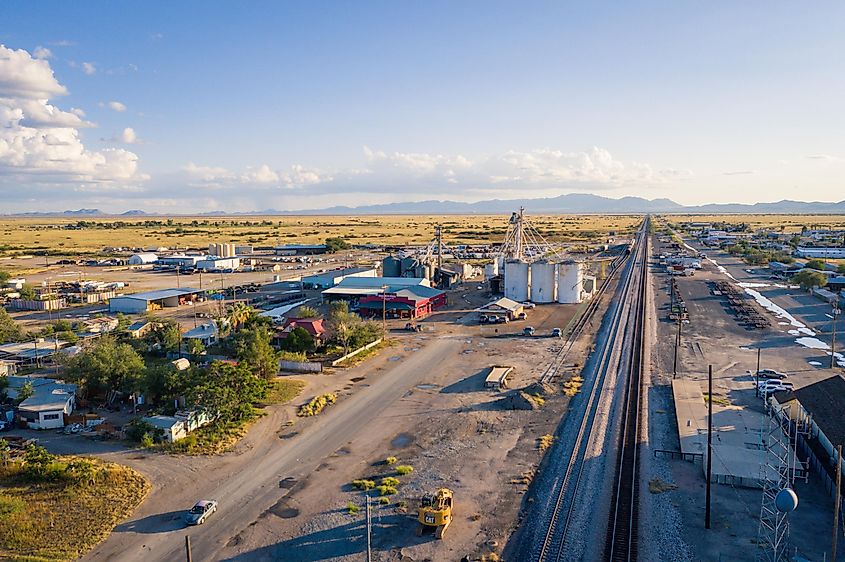
Set in the valleys of southeastern Arizona, Willcox is known for its scenic desert landscapes. Once a key railroad stop and ranching hub in the late 1800s, it has evolved into the heart of Arizona’s growing wine country. The surrounding landscape is filled with vineyards, open skies, and mountains that seem to stretch endlessly into the horizon. It is the kind of place where travelers come to pause, breathe, and rediscover the pleasure of slow travel.
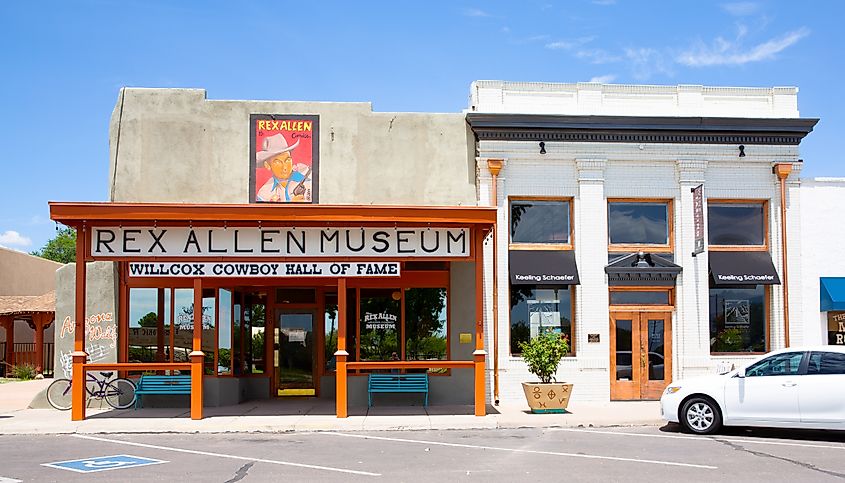
The Willcox Wine Trail is Wilcox’s biggest draw, featuring local favorites like Zarpara Vineyards, Carlson Creek, and Keeling Schaefer, each offering tastings and scenic vineyard views. Twice a year, in January and May, the Willcox Wine Festival brings together vintners and visitors for a relaxed celebration of local flavors. Beyond wine, travelers can head to Cochise Lake for peaceful birdwatching or take a short drive to the Chiricahua National Monument, known for its towering rock formations and forested trails.
Patagonia
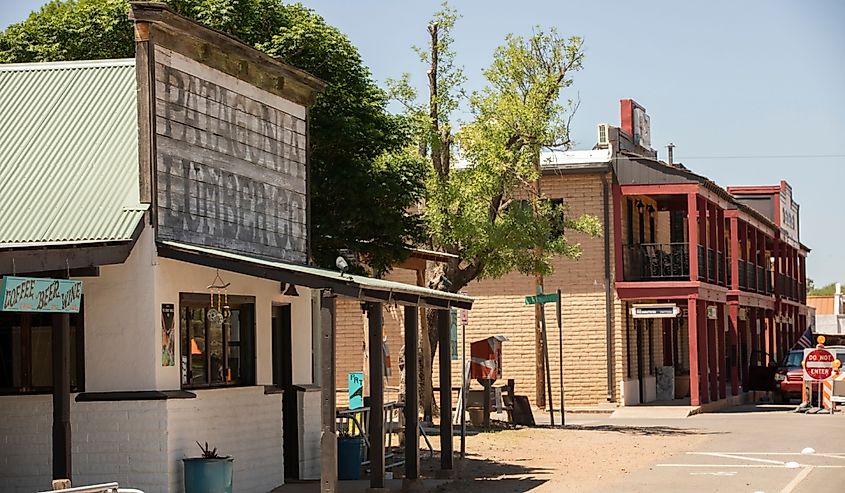
Framed by mountain peaks and desert hills, Patagonia is where nature and community meet effortlessly. It began as a mining and ranching settlement in the late 1800s but gradually became a haven for people seeking solitude. Its compact center is filled with vintage shops and cozy cafés, all surrounded by scenic backroads and open landscapes.
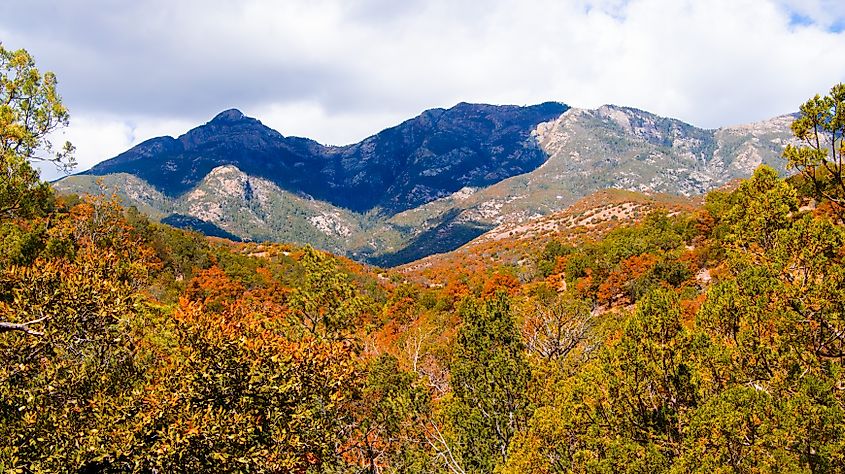
The Patagonia-Sonoita Creek Preserve, managed by The Nature Conservancy, is one of the best birding areas in Arizona, with more than 300 recorded species. On weekends, the Patagonia Farmers Market and local art festivals fill the air with music, crafts, and homegrown produce, giving visitors a real taste of Patagonia life. You may also check out The Patagonia Museum or visit the Paton Center for Hummingbirds.
Cottonwood
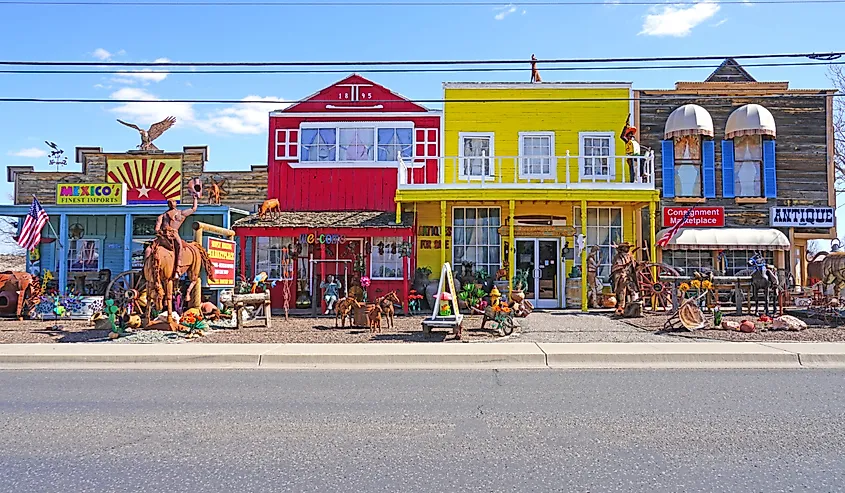
In the heart of the Verde Valley, Cottonwood is a relaxed wine country area. Once a farming and ranching community, common with many Arizona cities, it has grown into one of northern Arizona’s most inviting small towns, close enough to Sedona for easy day trips, yet calm enough to feel worlds apart. Its walkable Old Town district is lined with wine-tasting rooms and family-run restaurants set inside early 1900s buildings. The surrounding Verde River adds a touch of greenery and cool air that makes it cozy.
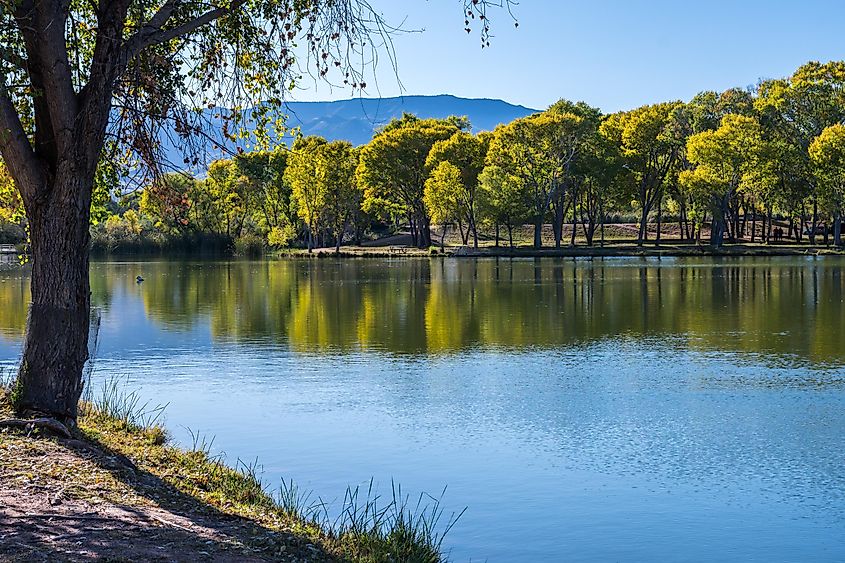
Travelers can spend an afternoon exploring Dead Horse Ranch State Park, where trails and lagoons create a peaceful setting for kayaking, picnicking, or birdwatching. Those interested in local flavors can follow the Verde Valley Wine Trail, which features some of the state’s best vineyards and tasting experiences. Nearby, the ancient ruins at Tuzigoot National Monument offer a glimpse into the region’s Indigenous history.
Cave Creek
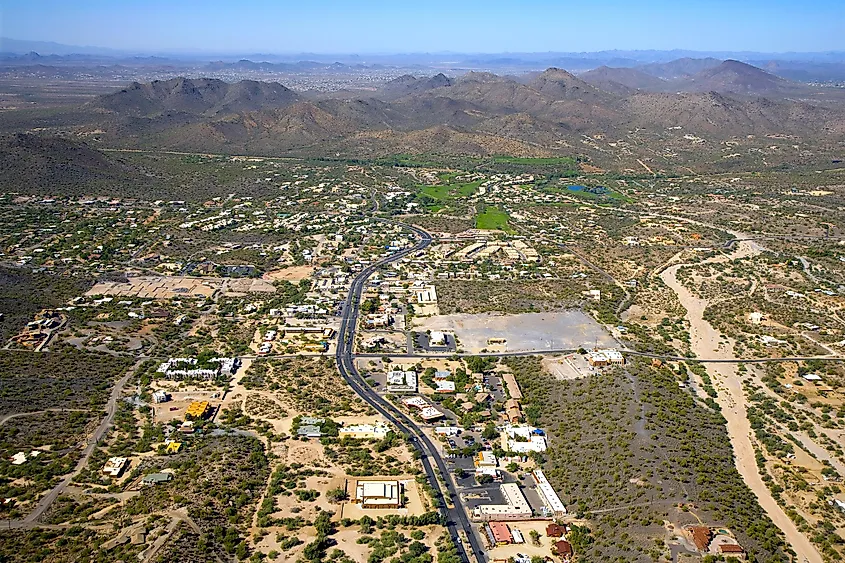
Just north of Phoenix, Cave Creek feels like a world apart, a place where there is an abundance of trails and cowboy culture. Once a frontier settlement, it still holds onto its Western roots through saloons, local rodeos, and rustic shops lining the main street. What makes it special is how you will find both a Wild West atmosphere and a gentle lifestyle among the residents. Those looking to unwind without straying too far from the city often find Cave Creek the perfect middle ground.
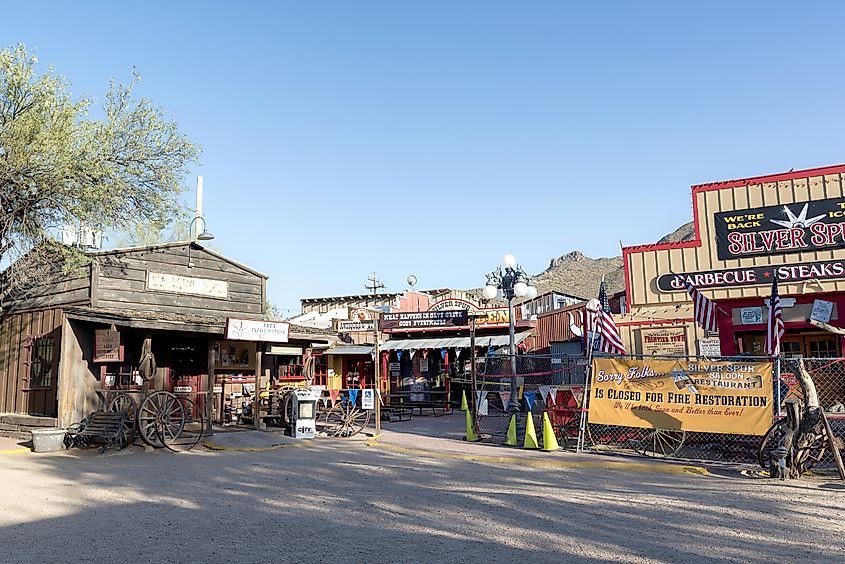
Outdoor lovers can explore Cave Creek Regional Park, an over 2,900-acre area filled with hiking and horseback-riding trails surrounded by saguaros and mountain views. In Cave Creek, the Frontier Town historic district recreates Arizona’s old West with wooden boardwalks, trading posts, and local artisans. Art fans can browse the Cave Creek Museum and cute art stores scattered through the downtown area, while evenings often end with live country music and sunsets that light up the hills.
Arizona’s small areas have a special way of slowing life down. Whether it is the hillside streets of Jerome, the artistic buzz of Bisbee, or the wine country of Cottonwood, each place offers the tranquility most big cities often forget. Travelers in 2025 craving that balance will find it in these cities. Whether you are road-tripping, weekend exploring, or simply chasing calm, these laid-back towns have just what you need for a cozy vacation.
